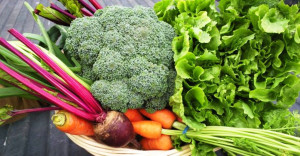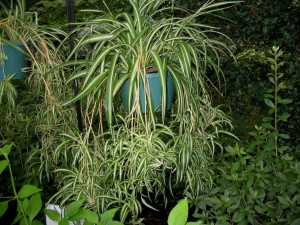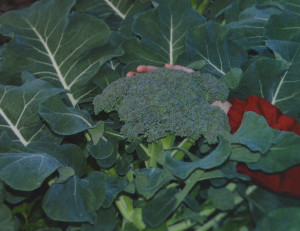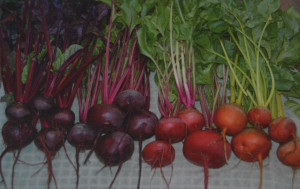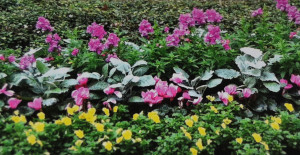by Julie Conner, Somervell County Master Gardener
In your landscape plans, the trees should be planted first. Early fall in Texas is the best time to plant trees especially bear root or ball. Container trees can be planted almost any month, just keep in mind watering conditions.
The hole for the tree should be wider than the root ball or container and as deep as the roots. Moisten the bottom of the hole with water and loose soil. Always lift the tree by the root ball and not the trunk. Once out of the container or ball, cut any roots off that have started to circle the root ball. Place tree in hole and backfill with loose original soil (organic matter can be added if soil is heavy). Tap soil down to secure tree in place being sure to keep trunk straight. Root stimulator is always a good idea when filling in hole and water thoroughly. Mulch around tree with 3 to 4 inches of bark mulch. Water every 7 to 10 days if no rainfall for at least the first 3 years.
If a young tree needs support due to a windy site place 2 stakes parallel to trunk and 18 inches into the ground approximately 12 inches beyond hole. Stakes should be above ground @ 2/3 the heighth of tree. Protect trunk from wire with a rubber hose. Attach loosely around trunk. Take supports off after one growing season.
As the tree matures and gets new growth pruning may be necessary to keep its shape and eliminate dead or damaged branches. Never top a tree for any reason and keep any vines or briars from stunting tree growth. Watch your young tree for any signs of disease or insect damage. Winter weather can also cause loss due to frost so protect when necessary.
A happy tree is a healthy tree.


